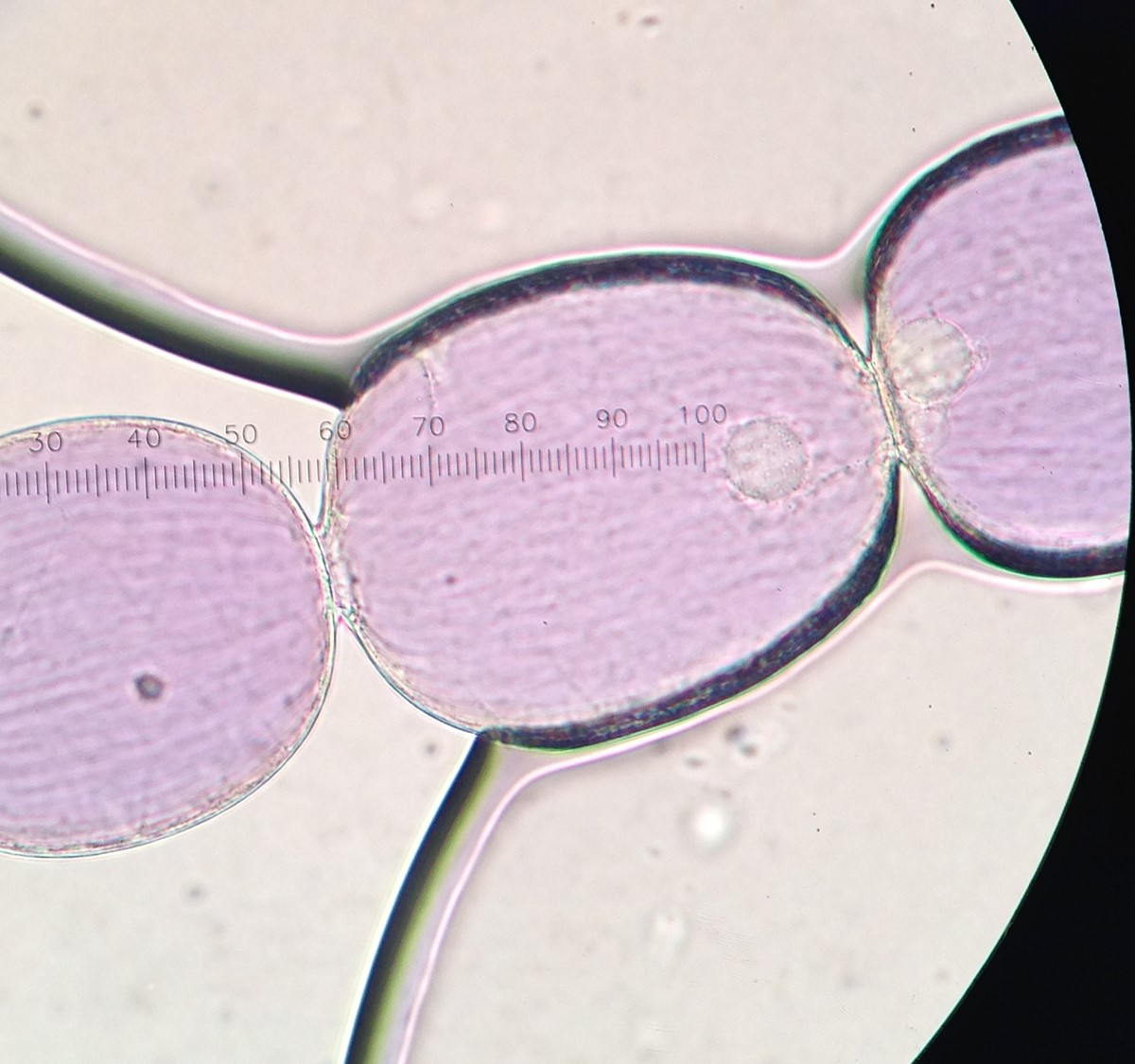How to student: labs
For each science course that I take there is usually a lab/practical section that is conducted once a week. At high school you’d be lucky if you were allowed to boil water, but University labs are infinitely more interesting because you get to work with more high-tech equipment.
The microscopes for instance, have a magnification of up to 1000 times your normal vision. At that level, you can track the movement of particles inside cells! You also get make more exciting things during your labs, like antibiotics, out of honey.
What surprised me about the labs is that they’re different for each subject. Chemistry, as you might expect, has a lot of mixing things together to create other things. In Biology, you will spend a lot more time looking at objects through microscopes or tracking populations of wild (rubber) ducks. Environmental science meanwhile, will drive you out to the middle of a forest to collect samples and take measurements. Don’t worry, they also drive you back.
An important lab feature that all the courses emphasize is safety. Lab coats and goggles are compulsory for many of the indoor labs, while sunhats and/or raincoats are required for the outdoor ones. Appropriate footwear is strictly enforced. Thongs, sandals and heels are not allowed in the labs because they offer your feet no protection if something is spilled on them.
As well as the lecturer and the lab technicians there are a number of assistants that attend the labs with you. These assistants are mostly older students and they are able to give you more individual help with your experiments while the lecturers are supervising the class.
At the beginning of the lab the assistants usually demonstrate new techniques to the groups of students, and offer tips on how to get the work done efficiently. They are also an excellent go to for any questions you might have and to check your work, though of course they won’t do it for you.
Till next week
Mollie-cule

